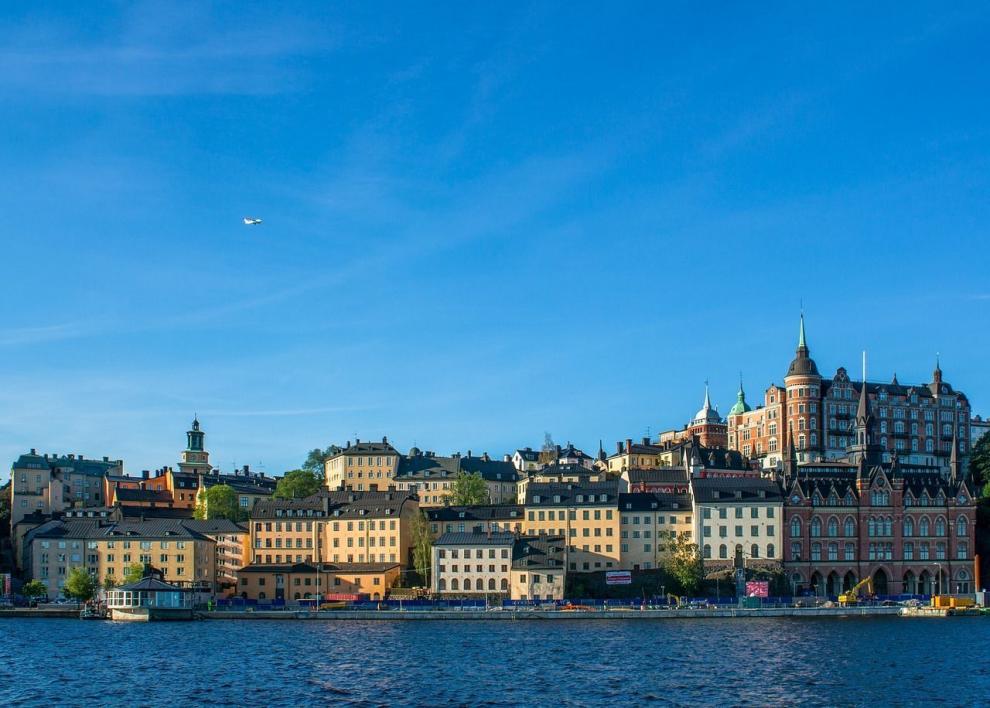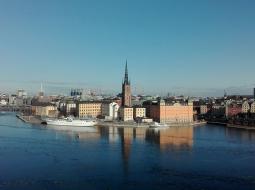Thessaloniki gets ready for its metro launch in November
The underground rapid transit lines have been under construction for almost two decades due to various project delays
 TheMayor.EU logo
TheMayor.EU logo 
Due to the low temperatures in the north, much of the population of modern day Sweden tended to relocate to the south, where living conditions were more favorable. This steady migration process happened around 8000 BC. Not much is known about the establishment of the city. It is widely believed however, that it was founded by Viking tribes sometime in the 11th century. The city quickly began to grow and become the center of trade, exclusively trading with the northern European countries and German states. Historic documents from 1252 already mention the town of Stockholm. In the 13th century, the population had clearly recognized the city as the de-facto political centre of the country. The city grew in the following centuries, and by the end of the 15th century about 7,000 people lived there. During the time of Gustav I Vasa, Sweden ceased to be a part of the Kalmar Union, and the Swedish king began spreading the gospel of Protestantism. In the 18th century the city was devastated by diseases and other disasters, but managed to recover from the losses, both in terms of population and economy. However, the city continued to develop and consolidate its position as an important centre of trade which it still is today.
The Swedish capital, Stockholm, has a population of a little less than 1 million in its urban parts, encompassing an area of 188sq.km, and over 2 million in the whole metropolitan region. Stockholm is divided into 14 districts, subdivided into smaller neighborhoods. Each neighborhood has its own responsibility for its kindergartens, schools, green areas and cultural events.
1/3 of the gross domestic product of Sweden is created in the capital. The city is a global centre and ranks amongst the most developed areas in Europe. The central part of the city is located on fourteen islands of the Stockholm Archipelago. Over 30% of the city's infrastructure is made up of waterways, while green areas and open spaces comprise another 30%. Over 85% of the jobs in the capital are in the service sector, with almost no heavy industry in the city. This makes Stockholm one of the cleanest cities in Europe.

A major part of Stockholm's economy is made up of tourism. The city has many cultural institutions, museums, galleries and theaters and is visited by millions of tourists every year. The Vasa Museum is the most famous one in the capital. It is a maritime museum displaying the only almost intact battleship of the 17th century, Vasa, that sank during her maiden voyage in 1628. In 1961 the vessel was successfully fished out of the water and exhibited in the museum in 1988. Vasa Museum is believed to be the most visited museum in Scandinavia.
Address: Stadshuset, kommunikationsenheten, 105 35 Stockholm